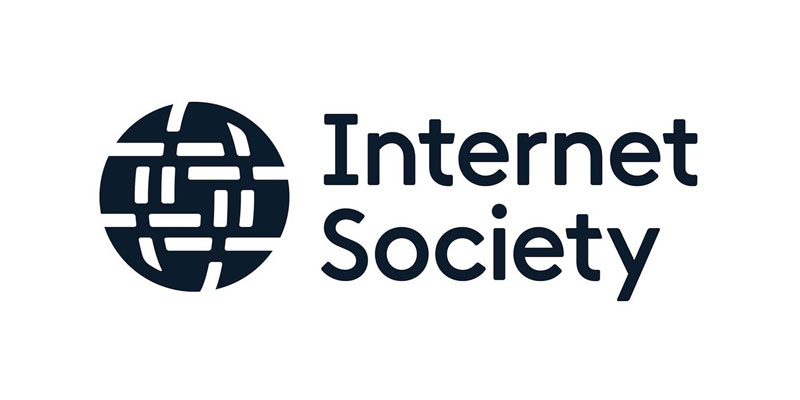- New index is the first of its kind tracking Internet resilience globally
- Reveals the Philippines has strong Internet infrastructure and performance compared to others in the region but there are opportunities for improvements
8th August, 2023 – Today the Internet Society, a global, charitable nonprofit that works to keep the Internet open, globally connected and secure, launched the Pulse Internet Resilience Index (IRI), a first-of-its-kind tool that offers insight into the Internet resilience of 170 countries worldwide. A resilient Internet connection is one that maintains an acceptable level of service in the face of faults and challenges to normal operation and is an increasing focus for policymakers and activists worldwide as Internet infrastructure becomes essential for a nation’s economy and society.
The IRI, hosted on the Internet Society’s Pulse Platform, tracks resilience across key metrics, including infrastructure, performance, security, and market readiness. The IRI will help inform policies and infrastructure development to improve Internet resilience at the local, regional, and global level.
Overall, the Philippines scored 46 percent in the IRI, ranking seventh in South-East Asia, only behind Singapore, Thailand, and Malaysia, and just ahead of Myanmar (45%), Cambodia (43%), and Laos PDR (42%). The country’s infrastructure is ranked particularly high, with good, fixed line coverage not often seen in island nations. Further, the security score reveals a high HTTPS adoption, which is above average for the region.
According to the four pillars that make up the IRI, the Philippines scores are as follows:
- Infrastructure: 48%
- The score assesses the existence and availability of physical infrastructure for Internet connectivity in the Philippines. Both mobile and fixed line coverage scored well.
- Performance: 48%
- The score assesses the ability of the Philippines networks to provide end-users with seamless and reliable access to Internet services. Mobile performance (29%) in well below fixed network performance (76%), indicating an opportunity for improvement given the high reliance on mobile.
- Security: 54%
- The score measures the ability of the Philippines’ networks to resist intentional or unintentional disruptions through the adoption of security technologies and best practices. HTTPS adoption is high, at 82%, as is the country’s MANRS score (80%) indicating an above average commitment to encryption and routing security.
- Market Readiness: 35%
- The score measures the ability of the market in the Philippines to self-regulate and provide affordable prices to end-users by maintaining a diverse and competitive market. According to the IRI, both affordability (64%) and market diversity (42%) are both healthy and indicative of good competition in the country.
Decision-makers in the Philippines can use this snapshot to understand the strength and weaknesses in their Internet ecosystem and make data-driven decisions regarding where to invest and improve the country’s overall resilience.
Reliable Internet connectivity is vital for everyone, but many countries lack a reliable Internet infrastructure to provide such access. Low-income countries often have under-provisioned networks and don’t have a robust cable infrastructure and redundant interconnection systems. Further, in countries or regions where the likelihood of Internet outages is higher, it is unlikely that neighboring countries can provide better interconnection and global providers are less likely to invest to improve existing infrastructure because the connection is unreliable. The cost of Internet access for end users is also higher.
The IRI is part of the Internet Society’s Pulse Platform, a global resource that gathers data from trusted sources to help everyone understand the health, availability, and evolution of the Internet.
The IRI is built using best practices according to the EU-JRC and the OECD Handbook on Constructing Composite Indicators, and uses the same methodology as currently existing indices such as the GSMA Mobile Connectivity Index, the Facebook/EIU Inclusive Internet Index and the Web Foundation Web Index. The full overview of the methodology used is available here (https://pulse.internetsociety.org/wp-content/uploads/2021/11/Internet-Society-Pulse-IRI-Methodology-October-2021-v1.0-Final-EN.pdf).
Liked this post? Follow SwirlingOverCoffee on Facebook, YouTube, and Instagram.


